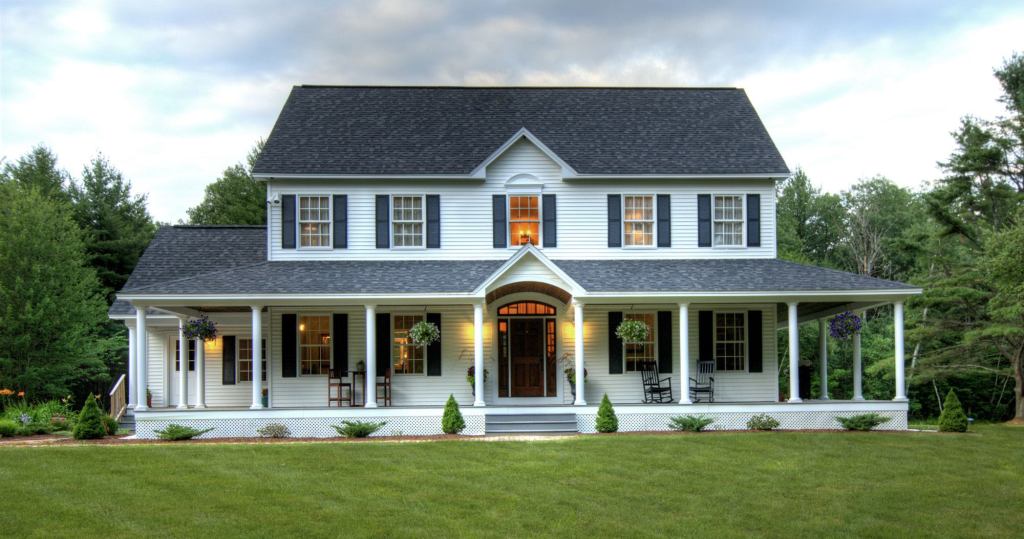6. MORE FOR THE MONEY
With many recession-weary consumers keeping a lid on spending, some experts see a trend away from showy, expensive products and technologies toward those that cost less and do more. Back-to-basics design ideas such as siting for passive heating and cooling and solar orientation are getting more attention. “It’s a more sophisticated approach to green,” Koerner says.
Versatile products such as solar awnings that provide shade was well as generate energy, concrete floors that look good and help keep a room warm, or new pollution-reducing gypsum board, offer creative double-duty approaches to sustainability. And universal design features that can help meet residents’ needs over time are catching on as important elements of sustainability as well. For example, the Austin Energy Green Building program awards points for handicap-accessible items such as blocking for grab bars. “We consider it part of green building and expect to see more of it as the population ages,” McLeod says. “We consider it a matter of durability of the house, making it useful for the long run.”
Jennifer Goodman is Senior Editor, Online for EcoHome.
